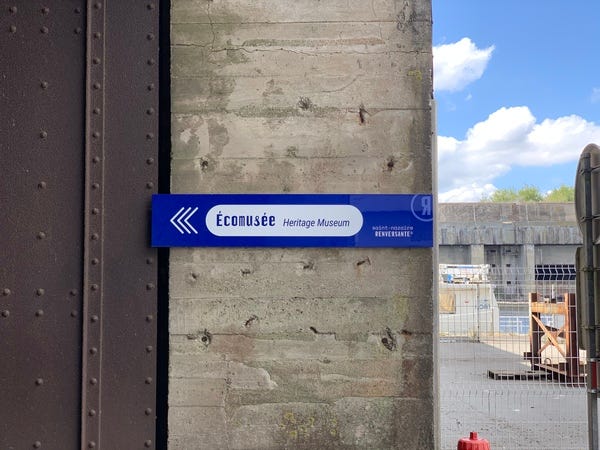These are the two kinds of skills that you need.
There are two experience and skill aspects to almost anything you want to do.
Let’s take the example of photography.
The first aspect is technical. The understanding of shutter speed, aperture, ISO. Knowing how to use your camera and all of its relevant features. Understanding lighting. Understanding framing principles. Knowing how to use Photoshop and/or Lightroom. Solving technical problems as and when they occur.
The second aspect is the creative one. This is the part where you know what to shoot and not just how to shoot. Evoking different kinds of emotions through different kinds of editing/processing. Knowing when to break the rules of framing. This is the part where you come up with creative ideas.
There are people who have amazing creative ideas, but lack the execution ability. Then there are people who are SOLID at the tools, but their work doesn’t really achieve anything.
The key is to be good at both, but one is way easier to learn than the other.
Learning the tools —
The technical aspect can be learnt pretty easily. You can do online courses, watch a few YouTube videos, or just tinker around and use the help of Google to figure things out by yourself.
This is also where I would encourage you to steal. Ruthlessly replicate your favourite creators’ creative styles.
My first YouTube videos were massively inspired by Casey Neistat — quick cuts and an overuse of Helvetica Bold. You can still go see them on my channel.
But this is how I learnt to use the tools without worrying so much about being creative. So that when the creative ideas come, I don’t have anything holding me back from bringing them to life.
How to become more creative —
A lot of creativity comes from consuming a lot of other artists’ work and taking bits and pieces of inspiration from multiple different sources and combining those parts into something new. Connecting different parts of different works.
Creativity also comes from experiencing things. Traveling, eating, having conversations, reading, observing. And then connecting parts of your experiences with each other, as well as with other art. I have a habit of observing fonts and typefaces on different sign boards whenever I go outside, for example.
Some really interesting typeface design in Saint-Nazaire, in the west of France.
Finally, creativity comes from doing. You need to actually spend time creating work, even if you don’t publish it.
Even when you’re ruthlessly replicating others’ work for practice, there will be times when you get an idea in your head to change something, or make something look different, and when you do this over and over and over again, you get into habit of tapping into your experiences to make things the way you want them to be.
Essentially, creativity comes from connecting.
Thanks —
Thanks for subscribing and reading so far! Let me know what you think of this issue by hitting ‘reply’ and writing me an email.
Also, apologies for sending this one day late — it was a bit of a rough week. But hey, I still got an issue out, even if it meant writing it on Sunday morning!
— M



